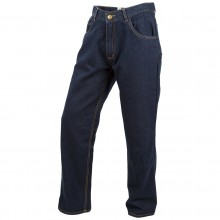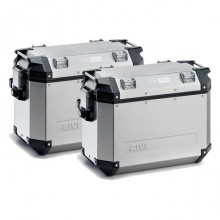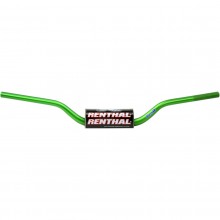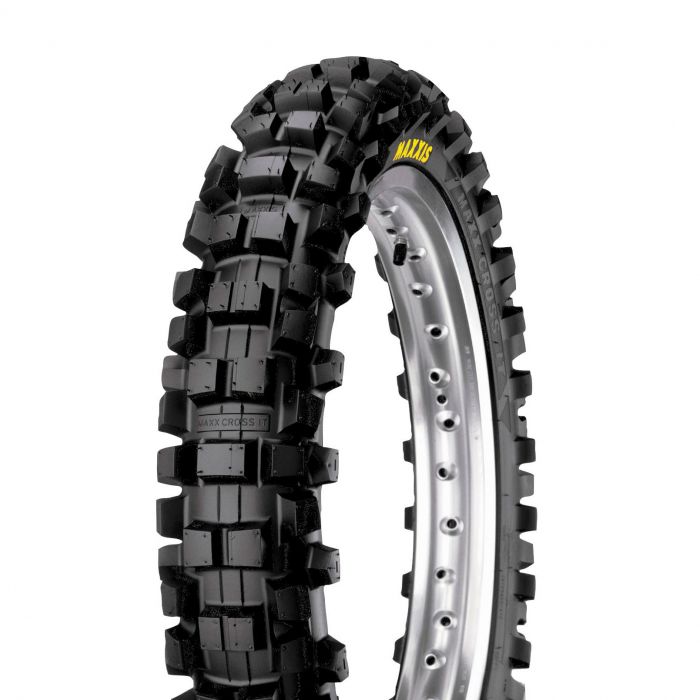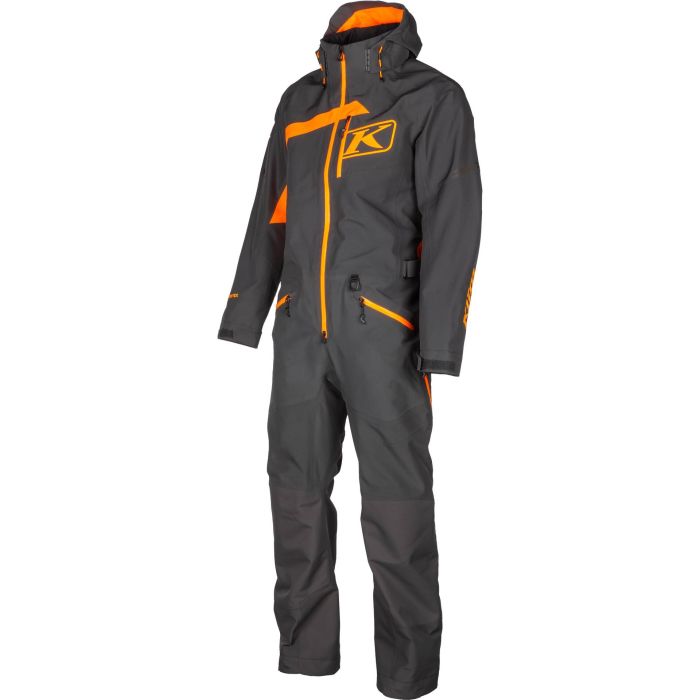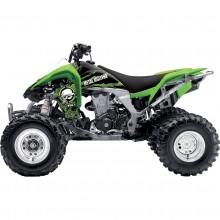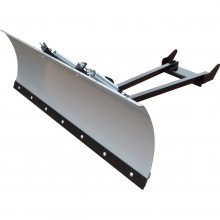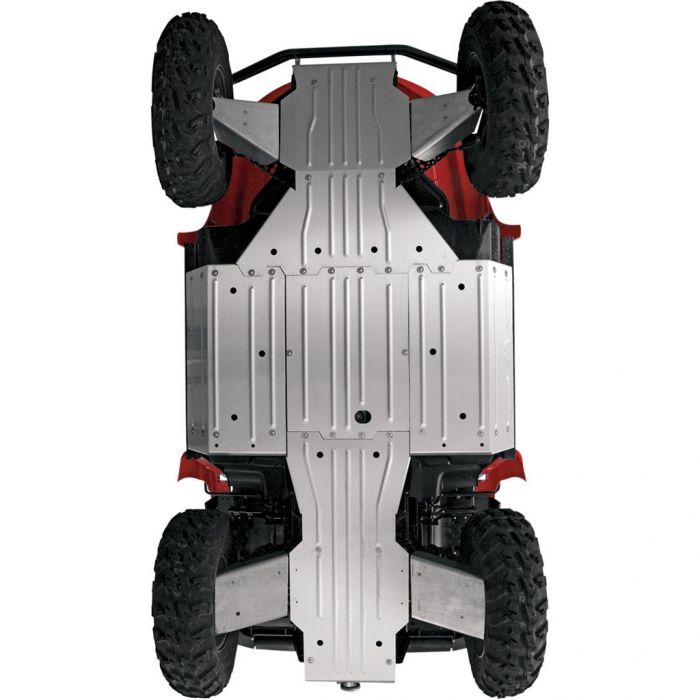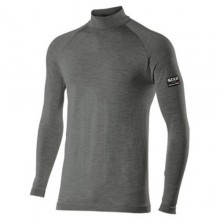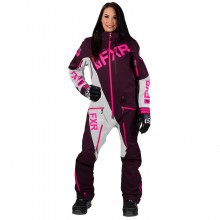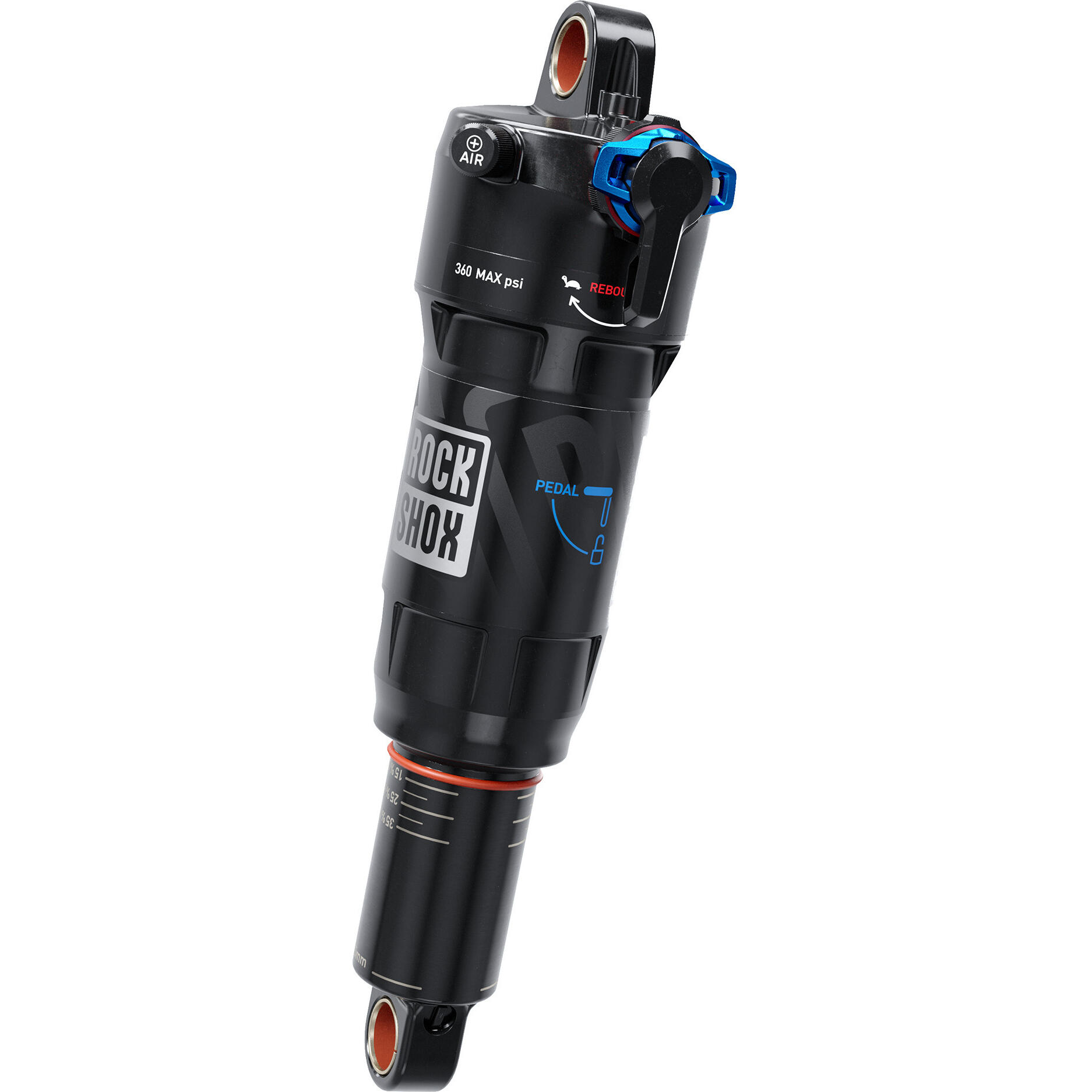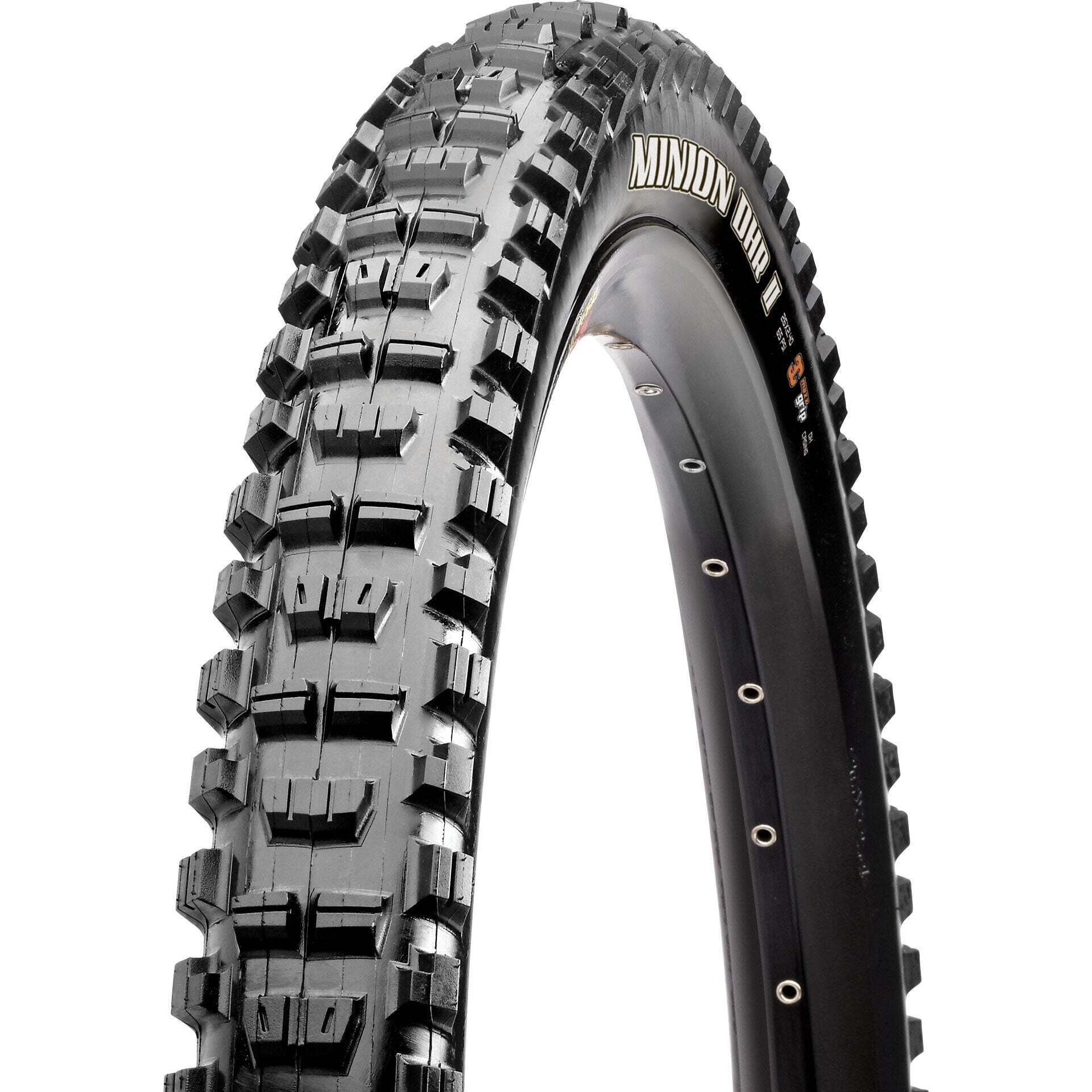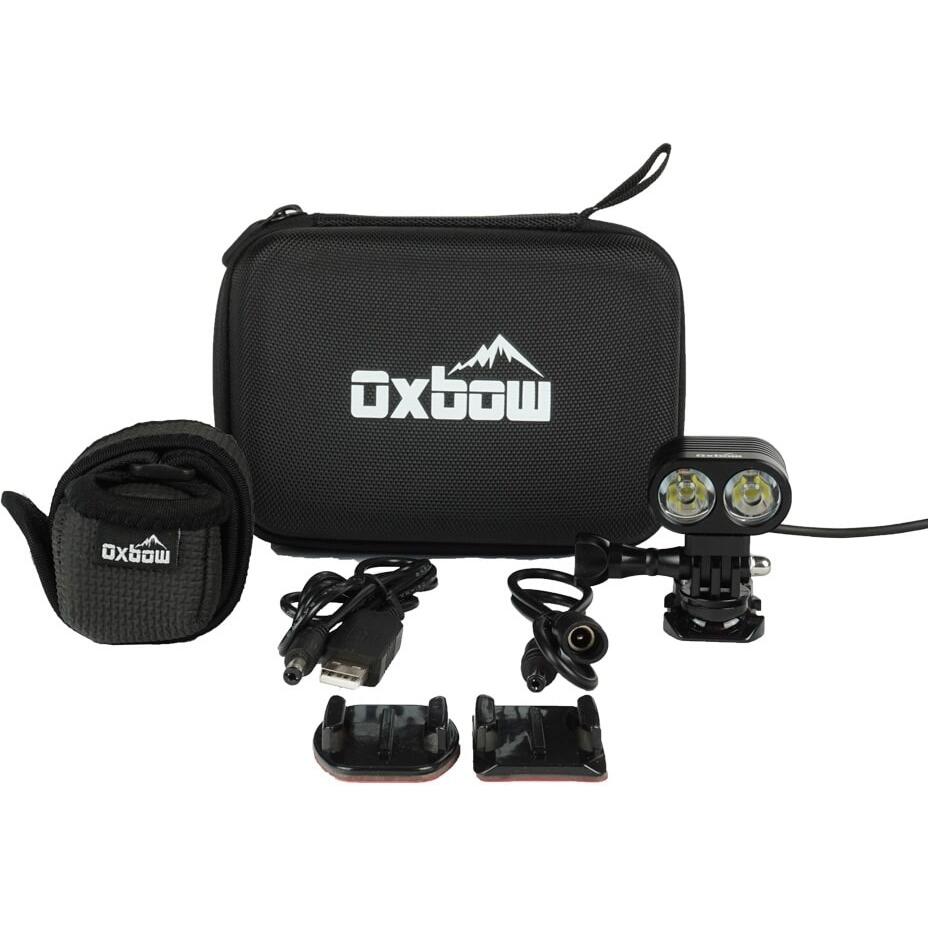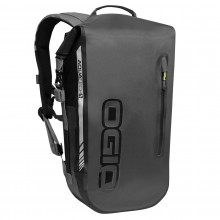Best Full Face Motorcycle Helmets of 2017
In this video/article :
Arai Defiant Pro-Cruise
Correction! If I’m buying a full face and I ride a naked bike, it’ll be one of one – this one – the Arai Defiant Pro-Cruise.
This helmet was specifically designed for use on fairing-less motorcycles and that’s a rare thing. In the upright position and facing an unadulterated blast of wind, the Arai Defiant transmits the least amount of noise and turbulence. Perfect for naked bikes.
This lower spoiler deflects air away from the neck roll, which is where the majority of wind noise would otherwise sneak in. Also we have Arai’s pull-down chin curtain, which seals that same gap.
And the style is technically aggressive with all these vent cowlings and ta-da – the sun peak.
This was born from Arai’s desire to pass Snell ratings, by the way. See Snell doesn’t like internal sun visors because they create a discontinuity in the EPS foam and shell where the inner visor retracts. So Arai beat the problem by designing an external drop-down visor that doesn’t mess with the inner safety structure at all.
And it worked – Snell had to suck it up and slap a sticker on here.
But that still doesn’t mean the sun visor is any good. Coverage is fine from the front but Arai trimmed it way too high at the sides, so a lot of glare leaks in.
Of course, I have almost no alternatives when it comes to Snell helmets with sun shades, so I won’t complain too loud.
Other pros and cons! Pro: these visor vents actually channel air to the temples, which is cools your blood better. Pro: This sliding lock lets you open the visor a crack to de-fog the lens, which is cool. And con: the liner is unusually scratchy for a $750 helmet.
Fitment-wise, the Arai Defiant is a neutral head shape with 5mm of peel-away foam on each pad, so pretty much anyone can get a good customized fit. This size Large weighs 1765g, which is really too much for a fancy aerospace fibreglass shell. But some of that weight comes from the heavier, widened lip at the bottom of the helmet, which makes it easier to pull on and lowers the centre of gravity for stability.
Icon Alliance GT Helmet
Now obviously I could fill this list with thousand-dollar buckets. But that would be too easy, too boring, and totally disregarding for any sense of value.
So instead I chose a budget alternative to every premium helmet in this video. And for the Arai Defiant, it’s the Icon Alliance GT.
This is an upright or slightly-tucked touring and commuting helmet, just like the Arai. But it costs 300 dollars or less.
The Alliance GT has that aggressive look, too. Icon’s famously funky graphics help with that, same with the gilded sun visor. Bling bling.
And unlike the Arai, this sun shade actually shades your eyes from the sun.
If you prefer having a dark visor to a drop-down one, you could get the Icon Alliance Dark for 100 bucks less. This comes with two visors in the box and it’s a killer deal. But it took me five minutes to swap this clear visor for a dark one, while I can do this in 1 second. So goodbye Alliance Dark.
I love how the Alliance GT screws with premium competitors like the Arai Defiant. It’s a basic polycarb shell, yet somehow manages to weigh nearly 100 grams less. The inner lining is HydraDry – one of the softest and nicest in the industry, which puts the Defiant’s liner to shame. And while Arai was busy molding expensive visor vents and designing that fog-clearing slide lock, Icon just cut a huge freaking hole that flows an equal amount of air.
Also the Alliance GT has a similarly precise fit and I could barely tell that it was any louder. I’m gonna get crucified by the Arai army for saying that, but it’s the truth.
Of course Icon got caught with their pants down in other places. This shield lock could have been designed by a caveman – it’s just a peg and a hole! I can’t imagine why Icon thought that was a good idea … it’s really hard to open.
I think the Alliance GT is one of the best, most versatile full faces for my money. Only problem is it’s a long oval head shape and that won’t work for round noggins. Another issue is that there are no speaker cutouts and on a narrow helmet that means it’s damn difficult to install a comm system.
Bell Race Star Helmet
So we’ve seen two bread n’ butter full faces, but now let’s get specific with the sport category.
On the premium side, I choose the Bell Race Star because it’s fu#king gorgeous – cue that montage!
Alright cool down – two-tone carbon fibre, glittering gold and an Ace Café patch aren’t the only reasons I picked this lid
The real reason I love the Race Star is because it’s the perfect middle ground in the Bell family. You have the basic Star for 500 bucks, this Race Star for 850 and then the Pro Star for 1300. And I can say with full confidence that this Race Star got all the important upgrades and none of the useless expensive ones.
Let me explain.
The Race Star has Raceview Ergonomics. That means it’s meant to be used in a full tuck position and the field of vision is hugely extended vertically and horizontally versus the old Star model. You want that when you’ve got Johnny Trackday over your shoulder – the Race Star has it, so does the Pro, but the basic Star is more of an upright touring viewport so forget it.
This helmet also gets a three-layer impact liner. Look at it here – light density for small impacts, medium for medium, and heavy density for big crashes. This is one of the safest racing helmets on the market because of the triple-density foam, and of course the Race and Pro Stars get it while the base Star does not. Next!
This liner is called VIRUS Jade Power Mesh. Why you’d name an anti-bacterial fabric VIRUS is beyond me, but it does an amazing job of keeping you cool and dry in the heat of the race. As you’ve probably guessed, the Race Star gets this system, as does the Pro, but the basic Star misses out again.
So obviously the Race Star is worth the 300 bucks over the base model, but should I spend another 450 for the Pro Star?
Noooo!
The Race and Pro Star both get full carbon shells, so you’re just paying for a slightly thinner type of carbon fibre by choosing the Pro. But listen guys – the Star was never going to be a light helmet. This long profile weighs something. The spoiler weighs something. And the triple density foam weighs a lot of something. So saving a few grams on a 450-dollar shell upgrade is stupid.
A few last things I like about the Race Star: These emergency cheekpads are held in place by magnets, which is brilliant because they’re super easy to put back when you knock them off. The chin strap snap is magnetic too. And this duffel helmet bag is included, which is nice. Bell could charge 50 bucks for this on its own, and they do.
Fitment-wise, the Race Star is snug, snug, snug. My 58cm head puts me in a Medium and I can barely get it on. Of course I want that precise fit when I take this helmet to the track, and thanks to a Snell sticker they should all be open to me. You might remember that the old Star helmet was loud as hell, but know that this new generation is not. Just the visor whistles like a banshee when it’s open, but no one really rides like that anyway.
HJC RPHA 11 Pro
Now, a cheaper alternative to the Race Star would be HJC’s RPHA 11 Pro. 500 bucks might not sound like a budget choice, but it is when you consider the league this helmet plays in.
1420g makes it one of the lightest sport helmets out there. Far lighter and slimmer than the Race Star, which is wild because this is only a partial carbon fibre shell. P.I.M.+ means HJC filled in the rest with fibreglass and aramids.
In terms of ventilation, this helmet is in a league of its own. The RPHA 11 is a tornado machine – more airflow than almost anything else I’ve worn.
The eye port is decently large too, and has been extended vertically to improve field of view in a tuck position. Plus it’s a centre-locking visor like the Race Star, which is nice because lefties always get screwed on that. Only downside is that these enormous tear-off posts annoy my peripheries, but overall the optics are premium-level and I even get a tinted visor in the box.
Ergonomics are in the elite class as well. Oriented for a full tuck, HJC also cropped the shell at the sides to aid shoulder checks. You might remember that from Shoei’s legendary RF-1200 and now that we’ve brought up the elephant in the room – yes – the RPHA 11 Pro is essentially an RF-1200 ripoff that costs 100 dollars less.
Only difference is that this HJC is loud as shit, but you racers should be using earplugs anyway. That, and it misses out on a Snell rating, which is a bummer for some tracks the require it.
Oh I almost forgot – order a size larger than usual because the RPHA 11 Pro fits way too small.
So, naked helmet, cheapest helmet, safest helmet, lightest helmet. Casual helmets, sport helmets, collectively my favourite full face helmets.
Thanks for watching!





